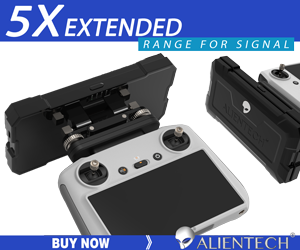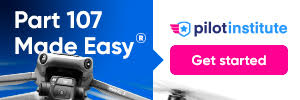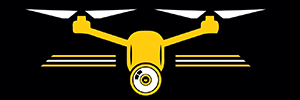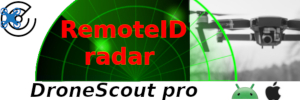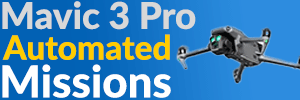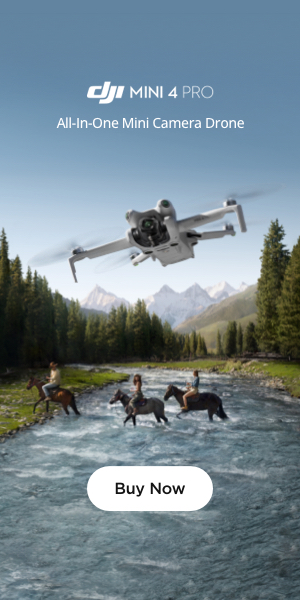Occams Razor
Well-Known Member
Thanks for the link. The M3P, M4P and Air 3 all have sensors with dual native ISO's which means they have two conversion gain modes. I believe the high gain amplifier (which controls the high base ISO) can be adjusted within a range so that manufacturers can optimize the sensor for different applications. In other words, it is possible that the sensor is physically the same across all of those drones but DJI adjusted the second native ISO down from 800 to 400 for the Air 3. Please note that in some digital cameras, when you change the ISO, you are actually changing the amplifier gain for the signal from the photosites so this is something that can be controlled externally to the sensor although the amplifier is part of the sensor. Also notice that the DJI administrator did not state they were physically different sensors but the high base ISO was different for the Air 3 - although I doubt the administrator understands what they are stating. In any case, if anyone who understands sensor design and control believes what I stated is incorrect, please let me know.Except that DJI themselves say they are different:
The Air 3 sensor has different native ISO values from the Minis, which means the sensors, in some way, are physically different (native ISO is a characteristic of hardware, not software).Air 3 Mini 4 and Mini 3 Camera CMOS...
At the moment there are several versions of this going around... Perhaps DJI should tell their consumer what the difference in the CMOS are in this 3 different drones... These are all from the DJI website: Air 3: air 3.jpg (55.72 KB, Down times: 35) Download attach 2023-9-27...forum.dji.com
Last edited:




